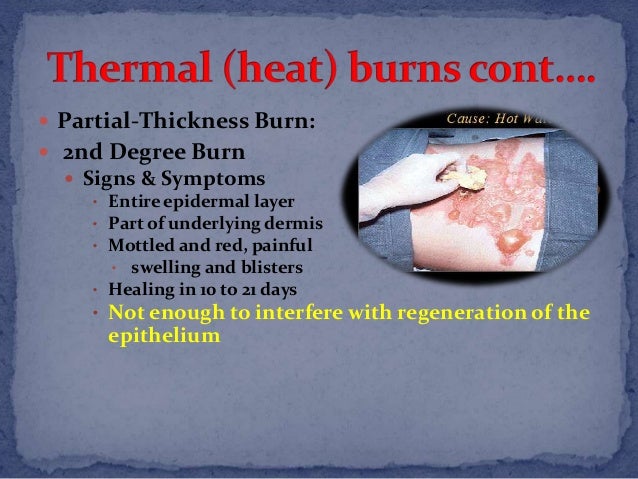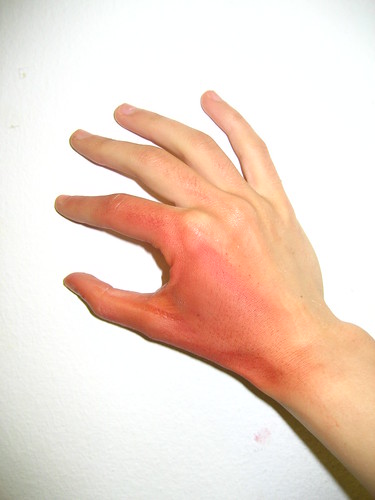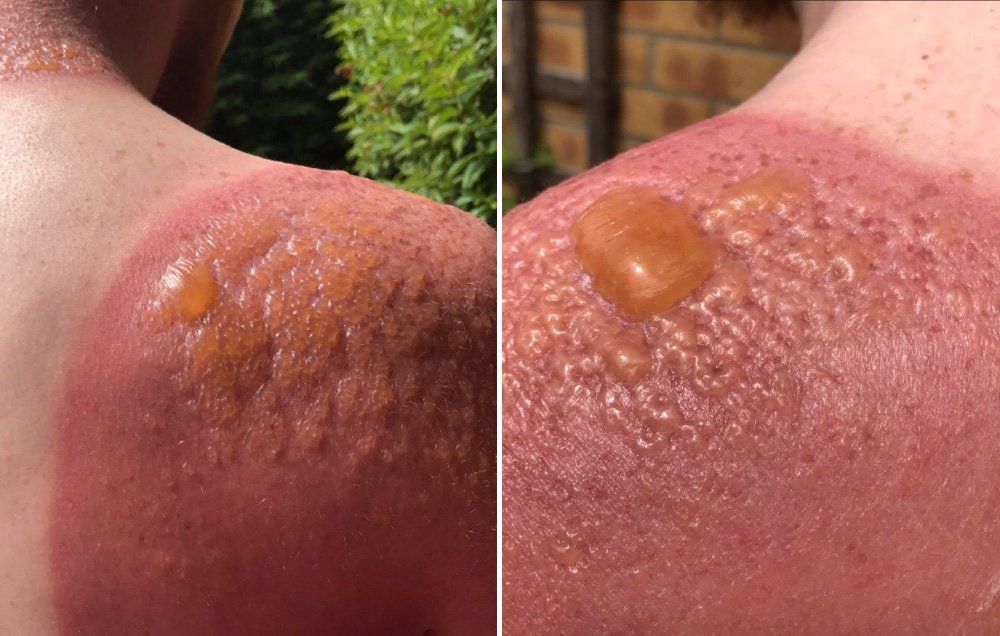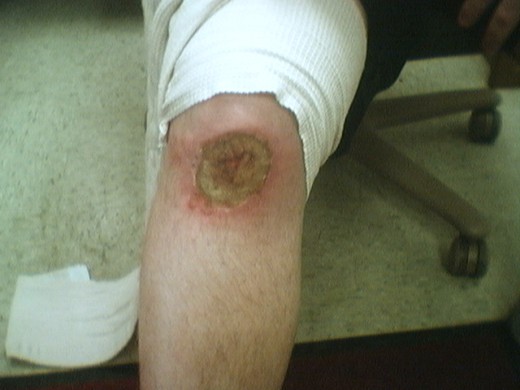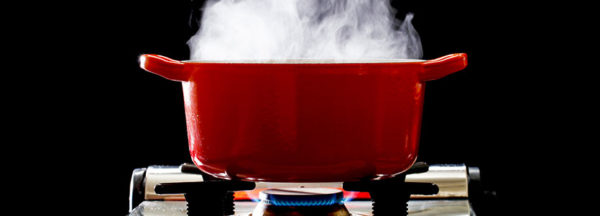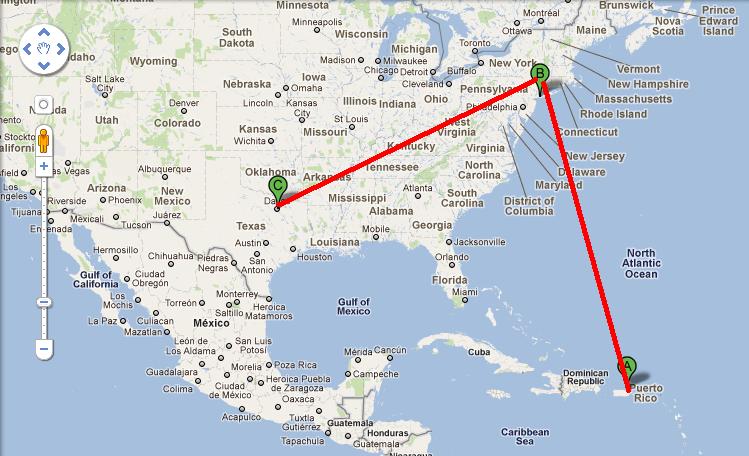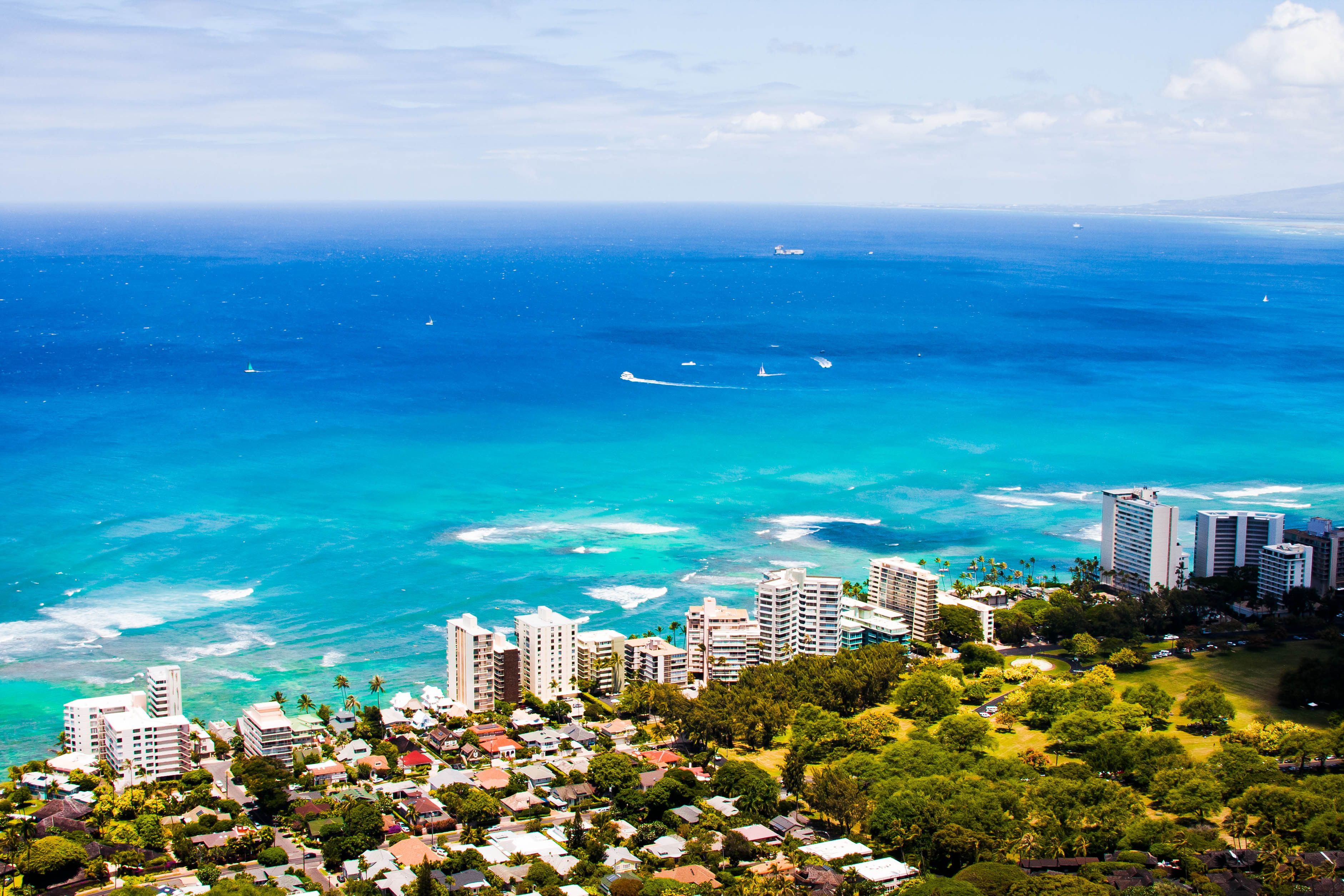Replace the dressing daily and keep the wound clean. If a blister breaks use mild soap and warm water to rinse the area. Apply antibiotic cream such as Neosporin to prevent infection before redressing in sterile gauze. There are so many ways to burn yourself in the kitchen — on a still-hot stove or oven, with hot oil, even from a too hot microwaved bowl. If it's a first-degree burn, meaning it only affects the top layer of skin, you should run the affected area under cool water — not cold water or ice — for 20 minutes.
"Active cooling of the burn can help reduce the burn depth and improve healing," saysNatasha Bhuyan, a family practitioner and regional medical director for One Medical. To help with pain relief, she recommends using an aloe-vera cream. Ice is not recommended as an initial treatment for burns because it can decrease circulation and make the burn worse. Do not put any food-based products on the burn as this may cause infection and make it more difficult to clean the wound. Clean the wound daily with mild soap and water.
This can usually be done in the shower or bath. Treat small burns with over-the-counter topical antibiotic ointment, like Polysporin or Neosporin, until healed. Burns heal better in a moist, covered environment. Treating a burn at home relies heavily on how serious the burn is. A 1st degree burn is the least severe of burns, burning only the outside layer of skin. A 2nd degree burn burns both the outer layer of skin and the lower layer of skin.
A 2nd degree burn often causes white, blotchy, wet, and shiny looking skin. 1st and 2nd degree burns, if not widespread, can be treated at home. However, it is very important to be seen immediately for burn treatment if you have a 3rd or 4th degree burn. While mild burns take a week or two to heal, these severe burns can take a much longer time. First degree burns can be treated with many resources at home and items that can be acquired at your local pharmacy.
Upon experiencing a first-degree burn, it's imperative to clean the area with warm water. Next, remove all tight clothing and objects from the affected area. Then, put a topical ointment, such as Neosporin, on the burn area. A follow-up tetanus shot is highly encouraged.
If you feel that the burn is more severe, it is recommended that you seek medical attention from a local hospital such as Cleveland Clinic, Metrohealth, or University Hospital. If the burn is a second-degree burn, meaning it affected the top two layers of skin, you might develop a blister. Both of the experts we spoke with said that no matter how tempting it can be, you shouldn't pop the blister. Instead, Bhuyan says to wrap it in sterile gauze.
"It should be wrapped loosely to keep air off the area, but should not stick firmly to the skin," she explains. The pain from this type of burn might require something a little stronger than aloe, like an over-the-counter pain reliever, either acetaminophen or ibuprofen. For burns that you suspect go deeper, or if you lose feeling in the area where you were burned, seek professional help. If the burned skin or blisters have broken open, a bandage is needed.
To further help prevent infection, apply a clean bandage whenever your bandage gets wet or soiled. If a bandage is stuck to a burn, soak it in warm water to make the bandage easier to remove. Be sure to read the product label for correct use.
If a blister breaks inadvertently, wash the area with soap and water, apply an antibiotic ointment, and cover the area with a bandage. See your health care provider if large blisters develop, as these blisters may need to be removed. A third degree burn is a major injury which affects all layers of the skin.
Third degree burns can make the skin look brown, black, or white. One indication of a third degree burn is that damage to nerves can cause the affected area to feel numb. This type of burn will not heal without medical intervention.
First degree burns are the most minor type of burn as they only affect the top layer of skin. This type of burn results in light to moderate pain and swelling. This type of burn only affects the superficial layer of the skin called the epidermis.
All deep burns require treatment to prevent infection and scarring. Third-degree burns are the most serious type and can be life-threatening. However, first- and second-degree burns are more painful. If you or a loved one has a blistering burn, prompt medical attention can aid healing. During counseling, pharmacists should remind patients that minor wounds and burns typically heal on their own.
Patients should be advised to continue using wound dressings until the wound shows signs of healing. Affects the outer layer of skin and the second layer of skin called the dermis. Common symptoms include red, white or splotchy skin, pain, and swelling. Affects the outer layer of skin called the epidermis. Redness, swelling, and pain are common symptoms. First degree burns heal within several days to a week.
Simply cover severe burns with a clean, moist cloth until examined by a doctor. Third-degree burns can be life threatening and always require skin grafts to heal. Even severe second-degree burns can cause serious harm. When in doubt, go to your local urgent care or an emergency room to have any burn evaluated. Treat a minor burn by first cooling the affected area. If possible, keep the injury under cool running water for at least 10 minutes.
If running water is not available place the burn in a container of cold water such as a bucket, tub or even a deep dish. Using a cool, wet compress made of clean cloth will also work if nothing else is available. Keeping the burn cool will reduce pain and minimize the swelling. If the injury is on the part of a body where jewelry or snug clothing is present, carefully remove them before it begins to swell.
Apply a moisturizing lotion or Aloe Vera extract and dress the burnt area with loosely wrapped sterile gauze. First degree burns, often referred to as superficial burns, affect only the epidermis or outermost layer of skin. When touched, skin that is burned superficially will blanch.
The injured epidermis will slough off after a few days. These burns generally heal quickly and do not cause scarring. Cover the burn with a nonstick dressing and hold it in place with gauze or tape. Check the burn every day for signs of infection, such as increased pain, redness, swelling or pus. If you see any of these signs, go to your doctor right away.
To prevent infection, avoid breaking blisters. The treatment of burns depends on the depth, area and location of the burn. Burn depth is generally categorized as first, second or third degree. A first-degree burn is superficial and has similar characteristics to a typical sunburn.
The skin is red in color and sensation is intact. In third-degree burns the damage has progressed to the point of skin death. If there is a break in the burn wound, a skin infection could occur. Bacteria can enter the wound through the opening that has been created.
Unfortunately, the symptoms of sunburn do not begin until 2 or 4 hours after the sun's damage has been done. The peak reaction of redness, pain, and swelling is not seen for 24 hours. Minor sunburn is a first-degree burn which turns the skin pink or red. Prolonged sun exposure can cause blistering and a second-degree burn. A first-degree burn is damage to the first or outer layer of skin .
It is pink, red, dry and painful, but generally mild. An example of a first-degree burn is a sunburn. If the burn is kept clean and moist, it will usually heal over a week or two.
Some peeling will occur and there is no scarring. The first and most important thing is to stop the burning process. Flush your burns with lots and lots of tepid water until the burning stops, says Rebecca Coffey, RN, CNP. But don't use ice or ice water—they can make your burn worse, she adds. For these types of minor burns, prompt at-home care is often all that's needed. First, put the burn under cool running water long enough to reduce the pain, which may take about 10 to 15 minutes. If running water isn't available, immerse the burn in cool water, or apply a cool, wet compress.
Doing so can cause further damage to the tissue. Don't use ice, ice water or even very cold water. Severe burns shouldn't be treated with ice or ice water because this can further damage the tissue. The best thing to do is cover the burn with a clean towel or sheet and head to the emergency room as quickly as possible for medical evaluation. Wound and burn care must be tailored to the type and severity of a particular wound or burn.
If the pain increases, there is redness or swelling, or liquid or a foul odor is coming from the wound then the burn is likely infected. Sometimes burns start off feeling and looking minor, but get worse in the next day or so—more painful, more red or swollen, the visible skin appears darker. Staph Infection Staphylococcus or staph is a group of bacteria that can cause a multitude of diseases. Staph infections can cause illness directly by infection or indirectly by the toxins they produce. Symptoms and signs of a staph infection include redness, swelling, pain, and drainage of pus.
Minor skin infections are treated with an antibiotic ointment, while more serious infections are treated with intravenous antibiotics. Whether you like spending time in there or not, everyone seems to be in the kitchen these days. Some of us are thriving, using this time at home to make all of the recipes we've been saving, like sourdough bread or tahini-chocolate-chip cookies. Others are cooking for the first time, attempting to piece together some semblance of sustenance and resisting the urge to order takeout three times a day.
No matter where you fall on this spectrum, you're not immune to having a little accident. Maybe your hand slipped while pulling something out of the oven or you were never taught to properly chop. The resulting burns, cuts, bruises, and bumps can be alarming, but many can be treated at home without a trip to the emergency room or doctor's office. A burn is a skin injury and is normally caused by heat, chemicals or friction. The severity of the burn must be identified to properly treat it and is based on the depth of the burn.
A first or second-degree burn can hurt, but it is limited to the first and second layers of the skin and is considered minor unless it covers a substantial portion of skin. Frostbite is an injury to the skin from the cold. Common areas that are affected are toes, fingers, nose, ears, and cheeks. Long exposure to cold temperatures, especially if it is windy and the skin gets wet, are most likely to cause frostbite. Milder frostbite cause cold, tingling, and painful skin.
For mild frostbite, remove any wet clothing and move into a warm space. The best way to warm up fingers or toes is to place the area into very warm water . It often takes 30 minutes to warm up the area and to get a pink flush that shows that the blood supply is returning. For ears, nose, or cheeks use warm wet washcloths to the frostbitten area. With mild forms of frostbite, there will be redness and swelling after the areas have warmed up.
With worsening frostbite, blisters with clear fluid will appear. You can apply antibiotic ointment or aloe vera gel to keep the burn moist for the first couple of days, but don't keep the wound wet longer than that. There are two schools of thought in regards to how to treat blisters associated with second degree burns. There are valid arguments on both sides of the issue. Whether to leave blisters intact should be decided on an individual basis.
Deep partial thickness burns - these burns involve the epidermis and extend through most of the dermis. They are less red and are drier than superficial second degree burns. These burns may take up to a month to heal, and scarring may be extensive. Using aloe vera gel on your burn could soothe it and prevent it from drying out. One study suggests that aloe vera gel is more effective than OTC silver sulphadiazine cream in healing superficial and partial thickness burns.

